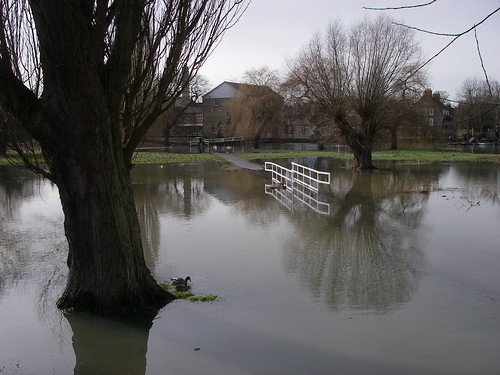What else I've been doing - campaigning for allotments with Cambridge Transition Towns
At the end of last year I spent some time with others in the Cambridge Transition Town food group campaigning for more allotments for Cambridge. We were really fortunate to hook up with Dave Fox, who is pretty much THE allotment person for Cambridge.
We pulled together a petition, got some press coverage and presented it at a council meeting. The Cambridge Transition Towns Past Events page gives a bit more detail.
The council, to their credit, discussed the issue for some time and made a commitment to do something about it. This made all the effort worthwhile.
Growing your own food is one of the most environmentally friendly things you can do (after giving up flying). And the rewards are great - just the taste of home grown food alone makes it all worth it. The fact that 600+ people are on waiting lists for allotments in Cambridge made this issue a no brainer. If people are this desperate to grow their own, the only environmental thing to do is support them. I'm very pleased with the time I put in to this issue and reckon it was well worthwhile. A very effective campaign. Now all we need is some land.
Mind you, I was pleased to hear that the National Trust are releasing some of their land for allotments, even quite locally at Wimpole Hall.




